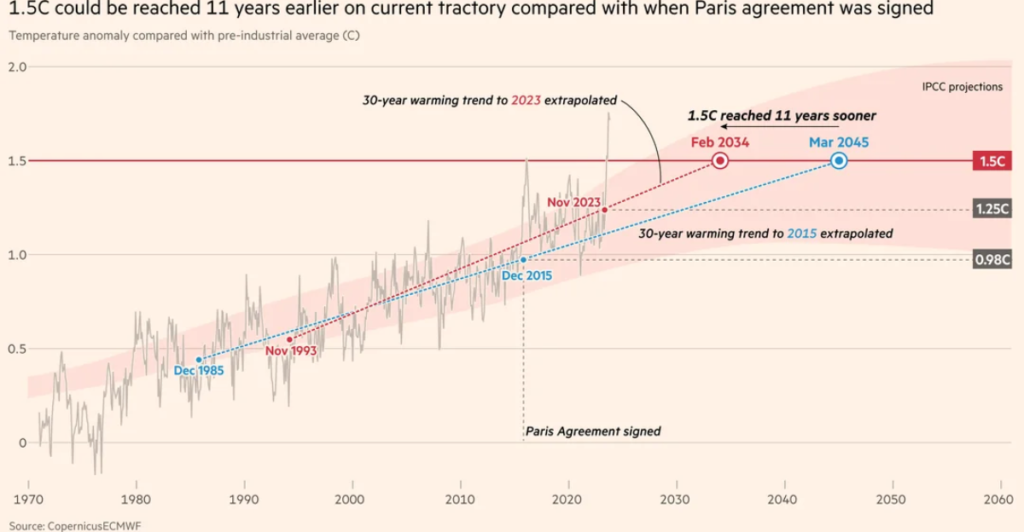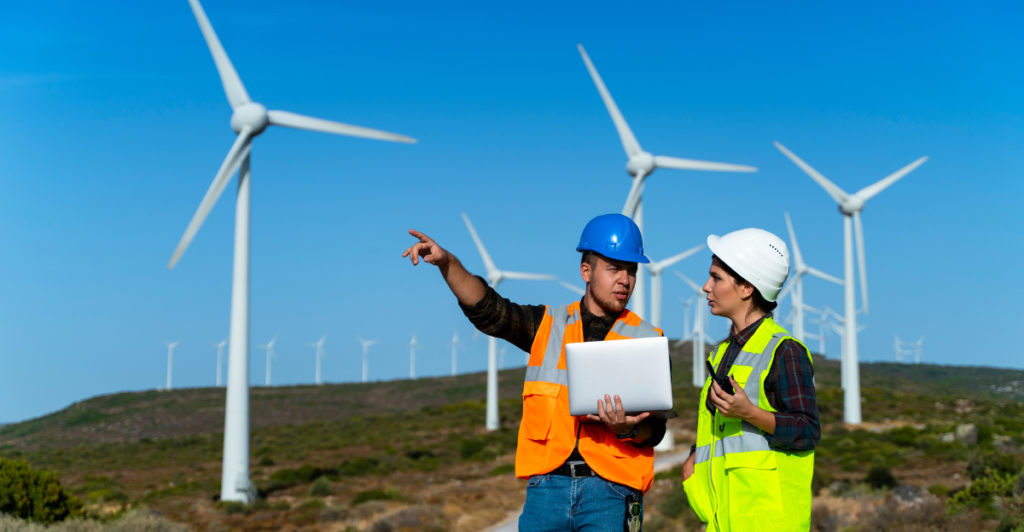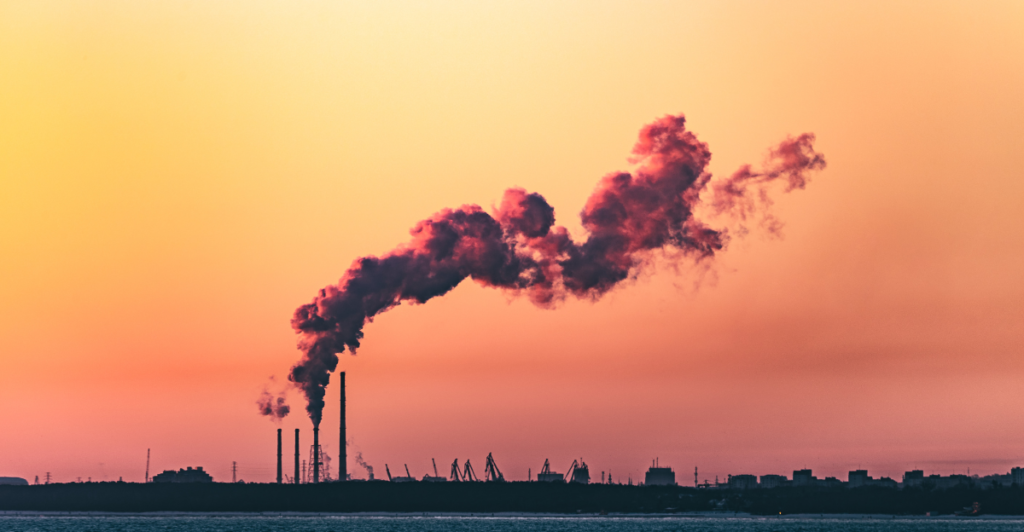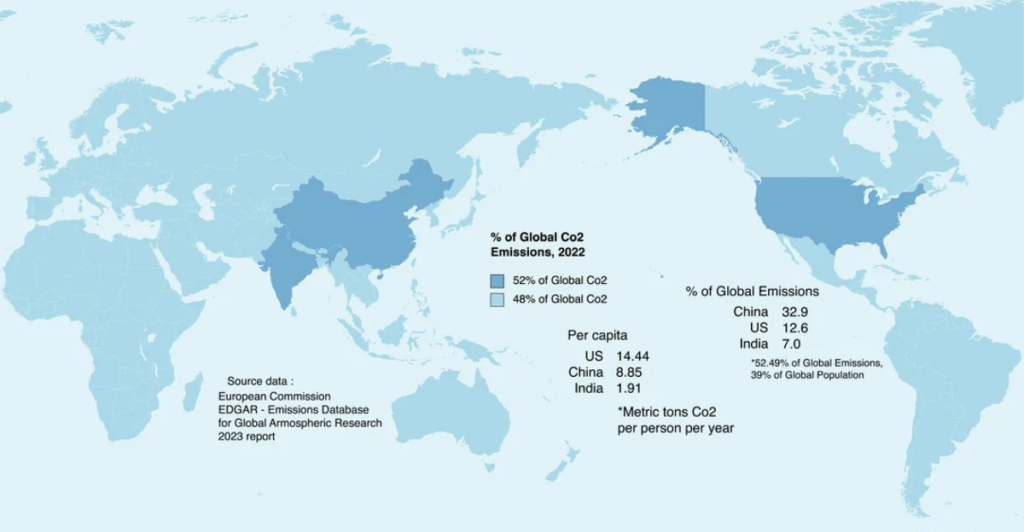
In a recent study, scientists from the United Kingdom and the Netherlands have issued a stark warning: by 2035, humanity may reach a critical threshold beyond which preventing catastrophic climate change becomes exceedingly unlikely. This “point of no return” signifies the moment after which limiting global temperature rise to 2 degrees Celsius above pre-industrial levels—a target deemed essential to avoid severe environmental disruptions—may no longer be feasible.
What Does This Mean

The implications of surpassing this threshold are profound, potentially triggering a cascade of irreversible effects, including intensified heatwaves, rising sea levels, and widespread ecological degradation. As the 2035 deadline looms, the urgency for immediate and decisive climate action has never been more critical.
The 2-Degree Celsius Threshold

The 2-degree Celsius limit is a pivotal benchmark in climate science, representing the maximum allowable increase in global temperatures to prevent the most dangerous impacts of climate change. Exceeding this threshold could lead to severe consequences, such as substantial sea-level rise, extreme weather events, and significant disruptions to agriculture and water supplies.
The Statistics

Current projections indicate that, without substantial reductions in greenhouse gas emissions, global temperatures are on track to rise well beyond this limit by the end of the century. This trajectory underscores the critical need for immediate action to mitigate emissions and implement sustainable practices worldwide.
Renewable Energy: A Crucial Component

Transitioning to renewable energy sources is a fundamental strategy in combating climate change. However, the current pace of adoption is insufficient. To effectively slow the progression toward the 2035 point of no return, the share of renewables worldwide must increase by at least 2% annually. Yet, between 1997 and 2017, this share grew by only 3.6% in total, highlighting a significant shortfall in the necessary transition.
Bigger And Better

Accelerating the deployment of renewable energy technologies, such as solar and wind power, is essential. This acceleration requires not only technological advancements but also supportive policies and substantial investments to overcome existing barriers and achieve the required growth rate.
Technological Innovations and Carbon Capture

In addition to expanding renewable energy, developing technologies that actively remove carbon dioxide from the atmosphere is vital. Carbon capture and storage (CCS) and other negative emission technologies offer potential solutions to reduce atmospheric CO₂ levels. However, these technologies are still in the developmental stages and face challenges related to scalability, cost, and energy requirements.
Investing in research and development of carbon removal technologies is crucial. Such investments can enhance their efficiency and feasibility, making them a viable component of a comprehensive strategy to mitigate climate change and delay the approach of critical thresholds.
Global Emissions and Policy Gaps

Despite international agreements like the Paris Accord, global greenhouse gas emissions continue to rise. The United Nations Environment Programme’s recent analysis indicates that, without immediate and significant action, the 1.5°C target will become unachievable within a few years, potentially leading to a 3.1°C temperature rise above pre-industrial levels by the end of the century.
This alarming trend highlights the inadequacy of current policies and the pressing need for more ambitious commitments and effective implementation strategies to curb emissions and address the climate crisis.
Societal and Political Inertia

One of the significant obstacles to effective climate action is societal and political inertia. Despite the clear scientific consensus on the urgency of the issue, policy responses have often been slow and insufficient. This inertia is influenced by various factors, including economic interests, lack of public awareness, and political resistance.
Overcoming this inertia requires concerted efforts to raise awareness, build public support for climate policies, and foster political will. Engaging communities, stakeholders, and policymakers in meaningful dialogue is essential to drive the systemic changes needed to address climate change effectively.
The Role of Developing Countries

Developing countries face unique challenges in addressing climate change, including limited resources and greater vulnerability to climate impacts. However, they also play a crucial role in global mitigation efforts. International support, in the form of financial assistance, technology transfer, and capacity building, is vital to enable these countries to pursue sustainable development pathways.
Equitable climate action that considers the needs and circumstances of developing nations is essential for the success of global efforts to prevent surpassing critical climate thresholds.
Economic Implications of Climate Inaction

The economic costs of inaction on climate change are substantial. A recent UN report estimates that the needed investment for a net-zero transition is between $900 million to $2.1 trillion per year until 2050. While this investment is significant, it is justified by the potential to mitigate severe climate-related costs and damages that would result from unmitigated climate change.
Investing in climate action not only helps prevent catastrophic outcomes but also offers economic opportunities through the creation of green jobs, stimulation of technological innovation, and enhancement of energy security.
The Imperative for Immediate Action

The 2035 point of no return serves as a critical deadline for global climate action. Delaying measures to reduce emissions and transition to sustainable practices increases the risk of irreversible climate impacts. Immediate and decisive action is imperative to alter the current trajectory and achieve climate stabilization goals.
This urgency calls for a unified global response, with all nations committing to and implementing robust climate policies, investing in sustainable technologies, and fostering resilience against climate impacts.
In The Next Few Years

The study’s projection of 2035 as the climate change point of no return underscores the critical need for immediate and sustained action. Surpassing this threshold could lead to irreversible environmental and societal consequences, making it imperative to implement comprehensive strategies to mitigate climate change.
As the deadline approaches, the global community must prioritize climate action, embracing renewable energy, advancing carbon capture technologies, and enacting effective
Discover more of our trending stories and follow us to keep them appearing in your feed.

Meet the Massive Crocodiles That Make Their Homes 40 Feet Underground
10 Historic Caves in America That Reveal Millennia of Climate Secrets
Diamond Dust Could Reverse Climate Change—But at a $175 Trillion Cost
Why Grolar Bear Numbers Increase With Climate Change – The Grizzly-Polar Hybrid Is Taking Over
Stay connected with us for more stories like this! Follow us to get the latest updates or hit the Follow button at the top of this article, and let us know what you think by leaving your feedback below. We’d love to hear from you!







